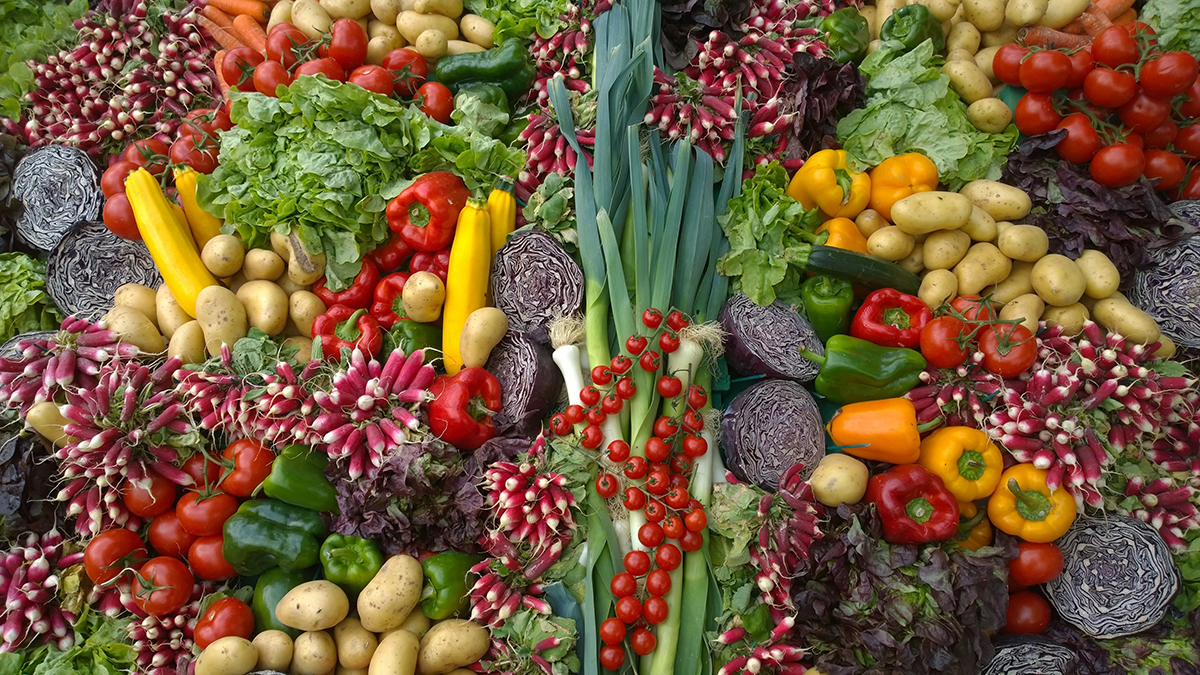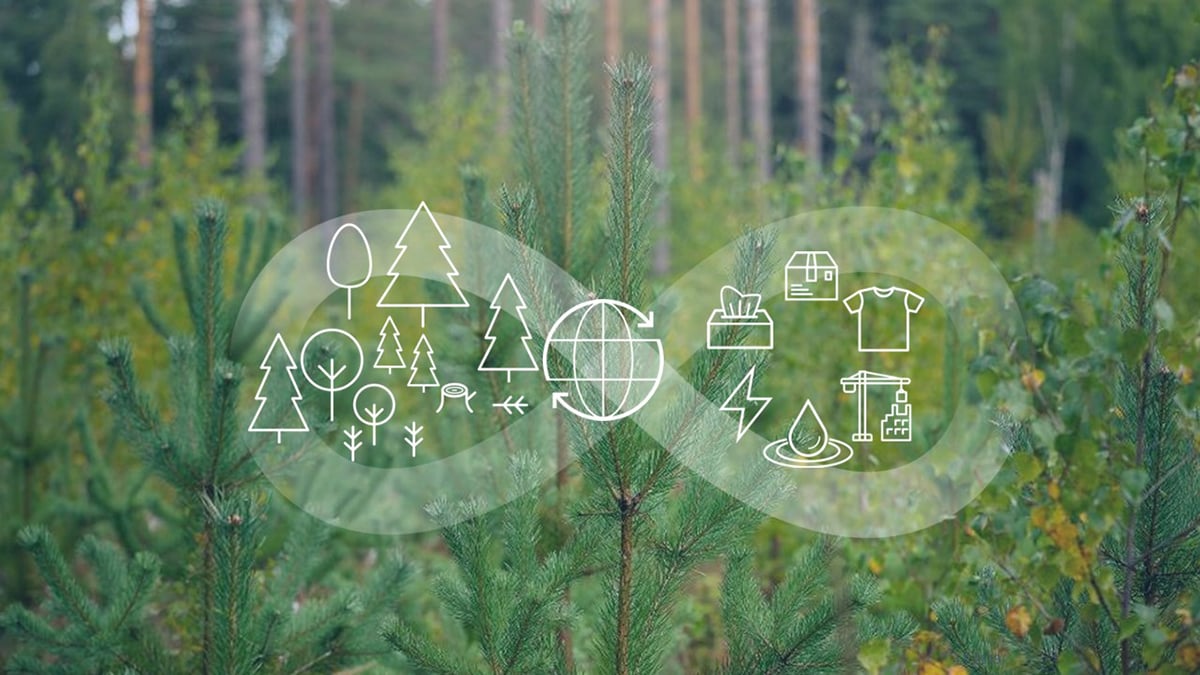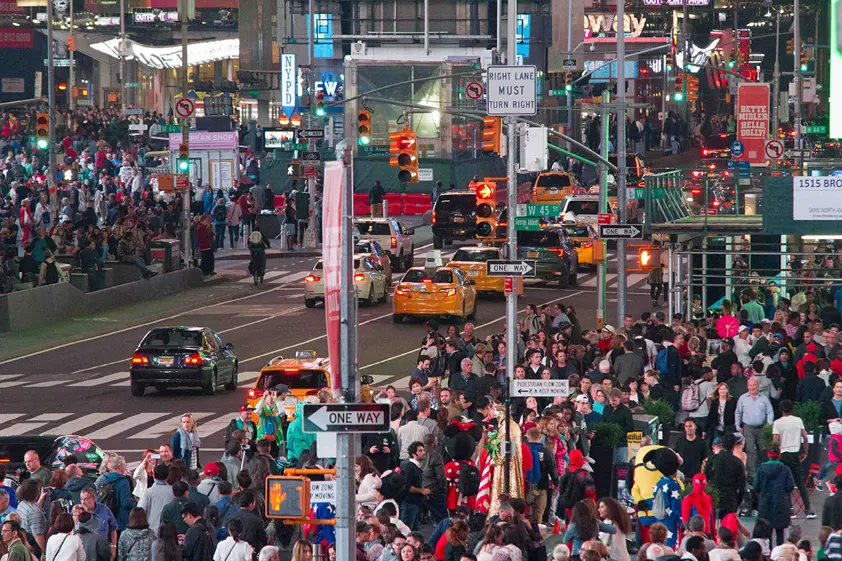There are 7.7 billion people on the planet today, and by 2055 we will have 10 billion. We have difficulty supporting the global population today, so how will we handle so many more? Not only will we have more people, but we will have more people with higher living standards.
“We’ve known about this problem for a long time,” says Jyri Arponen, Senior Lead, Circular Economy, at the public foundation Sitra. “In 1972 the Club of Rome published The Limits to Growth that explained the problem of the linear economy. Dramatic changes are necessary, but luckily we already have many of the tools we need.”
Feeding billions
One significant problem is how to feed 10 billion people. Marco Springmann, Senior Researcher at the University of Oxford, writes that the environmental effects of the food system could increase 50-90% if we continue to use our current agricultural methods with an increased population.

Image: Chantal Garnier, Unplash
In Options for keeping the food system within environmental limits, published in the journal Nature, Springmann and his co-authors explain that we already have the tools necessary to limit this impact. Adopting healthy and more plant-based diets will help dramatically. Improved agriculture practices can limit pressure on land and water while reducing the use of fertilisers. Additionally, we can drastically reduce food waste.
“Much of our food waste is due to stupidities in regulation, which say we have to throw away ‘expired’ food,” Arponen says. “Most of our current rules were made for a linear value chain and don’t work in a circular economy. We have new business models, new technologies and new ideas. Forestry will play a big role because it has always been based on circularity.”
Back to the basics
An old joke is that the Stone Age should be called the Wood Age. Wood was the primary material used by our ancient ancestors, but it decomposed and the only things we have left are stone tools. Archaeologists might complain about this, but the use of wood was good for our planet then, just as it is today.
“Forests can be sustainably managed, and wood is a renewable material,” says Wilhelm Wolff, Vice President, Strategy and Business Development, UPM Biorefining. “Forest-based products can replace almost all products made with fossil-based materials.”
The 10 billion people of 2055 will need new, sustainable solutions for the things we use in our daily lives, many of which will come from wood. Even today we use wood everywhere: in houses, furniture, transport equipment, electricity composites, biofuels and biochemicals. Wood pulp also gives us many things, such as paper for packages, labels, tissue and hygiene products, as well as substances used in food production, cosmetics and industrial applications.

“Pulp is a beautiful raw material due to its simplicity and versatility,” Wolff continues. “We are surrounded by products made from pulp. Our magazines, the milk carton, the paper bag for our bread all comes from pulp and even the biofuel in our car is produced of a residue from pulp production. The starting point is that wood is renewable and recyclable. Depending on the end use, products made from wood and wood pulp are also mostly recyclable.”
The modern pulping process can be beneficial with side streams going to new products, and even the process generates more energy than it consumes. Additionally, the energy is renewable.
A powerhouse of the bioeconomy
“Pulp is really the powerhouse of the bioeconomy,” Wolff says. “It creates many other opportunities.”
New uses for pulp are also constantly being developed as sustainable alternatives for old products. Biochemicals and bioplastic can replace old fossil-based materials. Pulp can be used in biomedicine and clothing. These wood-based clothes could replace cotton, which needs a lot of water to grow, and polyester, which is created from oil. These are all ways to replace products created in the old linear model with new ones which are circular.

Forestry has always been based on circularity.
“My grandfather’s generation planted the trees we are harvesting today, and they had no idea what these trees would be used for,” says Wolff. “A rule of thumb is that when we harvest a tree we plant four in its place. UPM plants 100 trees a minute. We have no idea what our grandchildren will do with those trees. We are only limited by our imagination.”
As the global population increases, the use of these products can be expanded giving people access to products and ever-renewable resources, based on sustainable development, to make their lives better.
Text: David J. Cord
Main image: Riccardo Bresciani, Pexels

